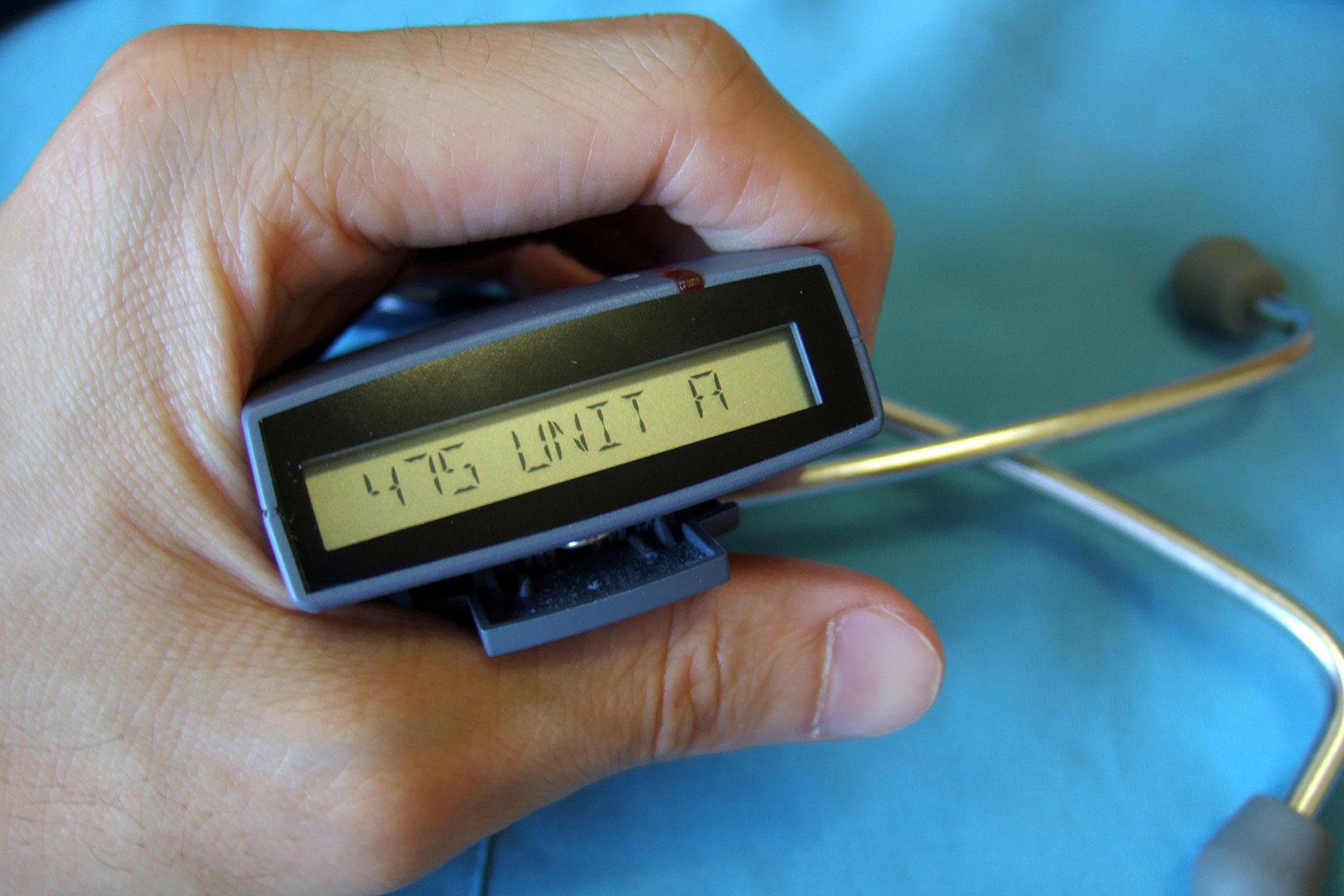Pagers- Still a Thing
“Page me.” These words were once widely spoken across a generation that used Blockbuster to watch feature films and thought dial-up internet was revolutionary.
Pagers are still in use well into the 21st century and especially popular among healthcare professionals in the hospital setting. Pagers provide extremely reliable and secure communication. They’ve been around about 100 years, even before the advent of sliced bread and television.
Here’s how the pager evolved.
1928
The first pager-like system established one way communication for the Detroit Police Department. A Detroit Police officer and electronics buff developed technology placed in the back seat of police cars to deploy critical news of crimes in from the station to police cars as they drove.
1949
Here we find Mr. Al Gross patenting the very first telephone pager device. It was developed for New York City’s Jewish Hospital beginning in 1950. This is really when the pager became associated with the area of critical communications. Mr. Gross also invented the walkie-talkie and CB radio, thereby making his mark on the communication world.
1959
The Motorola Corporation officially coins the word “pager.”
1960
Mr. John Francis Mitchell combines Motorola technology with car radio technology and invents the first transistorized pager.
1964
The Pageboy 1 is introduced by Motorola as the first consumer tone-only pager. The recipient would receive a single tone and know what action to take. The tone might mean a physician should call the operating room, for example.
1970s
Tone and voice pagers came into being. This technology allowed for an audio message to be played after hearing a tone. For example, the tone would play followed by “Code Red in the Emergency Room.” It was an improvement upon the tone-only pager because more information was immediately available to the recipient. About 3.2 pagers were in use worldwide, but range was still limited to local areas and were still used primarily for critical onsite communications. Wide-area paging was eventually created and paging exploded into a popular consumer purchase for personal use.
Early 1980s
Numeric display pagers changed the game, The ability to display phone numbers for return calls or internal number codes for predetermined actions meant no more messages played aloud. You could also dial a pager with a telephone. Pagers became more affordable.
Mid 1980s
Alphanumeric pagers were invented. Now recipients didn’t necessarily need to call someone back to get information. Short messages were delivered to pagers for even faster response and inquiry.
1990s
At the height of popularity, over 61 million pagers were in use across the globe, mainly because they were affordable and simple. Two-way pagers allowed users to receive texts and emails and reply with a standard response. Many pagers now included QWERTY keyboard. Motorola’s first two-way pager was called the Tango.
2000s to today
The advent and exploding popularity of mobile phones and devices greatly reduced the need for pagers to communicate, but did not shut out the technology entirely. Encryption technology and secure messaging makes the pager a resource for healthcare professionals and emergency response communication. Because it does not rely on cellular technology, it is also invaluable in areas and situations where cell service is poor or nonexistent.
Whether you still have a pager in your pocket or the latest generation iPhone,
Gabbit is here to help with your VoIP communication needs.
Gabbit is here to help with your VoIP communication needs.
We feature the latest advances in VoIP service at competitive pricing and with exceptional customer service. While you can’t use your pager to call us, you can use your phone to call 855-542-2248. We must be on to something because businesses are switching to Gabbit every day. Say more. Spend less.

